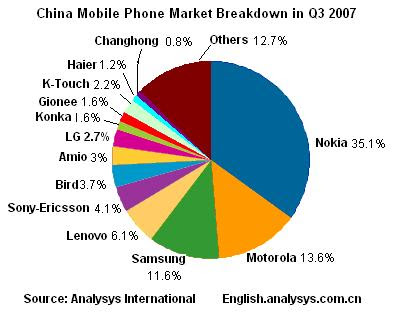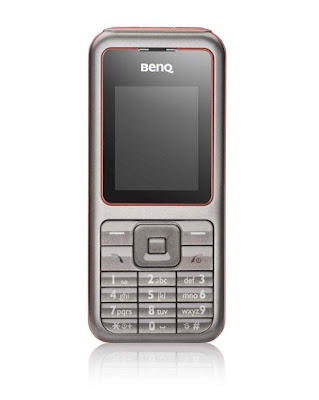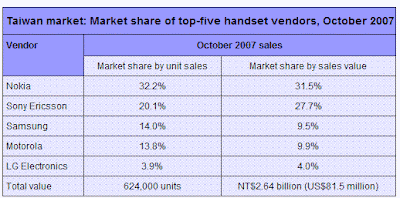Reuters - November 27, 2007 9:45 PM ET
By Eric Auchard
SAN FRANCISCO (Reuters) - Google Inc (
GOOG) said on Tuesday it plans to spend
hundreds of millions of dollars to help drive down the cost of electricity made from renewable energy below the price of coal.
The project, dubbed Renewable Energy Cheaper Than Coal, is hiring dozens of engineers and targeting investment financing at advanced solar thermal power, wind power, enhanced geothermal systems and other new technologies, Google said.
The Web services and online advertising group will be a big customer for the project, running computers and networks on the electricity and selling back what's left to the power grid.
"Our goal is to produce one gigawatt of renewable energy capacity that is cheaper than coal. We are optimistic this can be done in years, not decades," Larry Page, Google's co-founder and president of products, said in a statement.
A gigawatt can power a city the size of San Francisco. An analyst at broker Raymond James noted the entire U.S. solar cell generation capacity at the end of 2006 was only just over half a gigawatt, while 11.6 gigawatts came from wind power.
Page and Sergey Brin, Google's two 34-year-old co-founders, told reporters their plan made business sense but the company also planned to license any resulting technologies worldwide.
"We see a plausible path to much lower energy costs and we just want to get people working on that now," Page said.
The Web search leader does not disclose the energy consumed in powering its online services, but local energy experts say it ranks as one of Silicon Valley's biggest energy customers.
"As Google grows, we don't want our core business to be part of the problem. We want to be part of the solution," said Larry Brilliant, head of Google.org, the company's philanthropic arm which will direct the energy investments.
Brin said he felt the company would be "hypocritical" not to do something. Google and its founders are big promoters of electric cars and the roof of its headquarters in Mountain View, California, supports a large solar energy installation.
The initiative falls outside the company's management rule whereby most effort is focused on its core Web search, ad and software businesses. Page said while it does fall under Google's "Director of Other," it would cut operating costs.
Around Google headquarters, the Renewable Energy Cheaper project is known by the mathematical shorthand of "REC." "I know it's a little bit geeky," Page told reporters. Details can be found at http://www.google.com/renewableenergy/
THROWING WEIGHT AROUND
Google, now the sixth-largest U.S. company by market value, is taking advantage of its size, a growing mountain of cash, and global brand recognition in launching the campaign.
Officials said Google is targeting renewable energy that could produce a gigawatt of energy at prices, when investments are fully amortized, of 3 cents per kilowatt hour or lower.
"We think we need to get in the range of 1 to 3 cents per kilowatt hour to be cheaper than coal," said Bill Weihl, who carries the title of Green Energy Czar at Google.
The push comes as oil prices near $100 a barrel and coal, which generates 40 percent of the world's electricity, faces regulatory and environmental pressures that may boost prices.
"If they can do it cheaper than coal, then that's the Holy Grail," said Mark Manley, alternative fuels analyst at Natixis Bleichroeder. "If they figure it out, it will take off."
But he and other analysts warned that Google's hundreds of millions of dollars earmarked for the projects are unlikely to make a dent in the multitrillion-dollar energy market.
"This is a tall order to fill," Pavel Molchanov, an energy analyst with Raymond James wrote in a research note to investors. He said solar energy is not cost-competitive with conventional grid electricity in any major market.
If successful in generating power at prices below coal, Google would put the technology to work to slow climate change resulting from increased global coal and oil consumption.
"I don't want to overstate (our goal) too much," Page told Reuters in an interview. "Our goal is to do it in a way that could be applied to a significant amount of the electric generation in the world."
Google plans to spend tens of millions of dollars in 2008 on renewable energy development and other efforts. Its initial focus will be solar thermal and enhanced geothermal systems.
Eventually, the company would spend hundreds of millions of dollars in for-profit "breakthrough renewable energy projects." Hydroelectric and nuclear energy are not part of the project.
Page believes no more than 1,000 researchers worldwide are focused on renewable energy cheaper than coal. "We would really like to get those people in one room and give them resources."




_4.gif)
_2.gif)